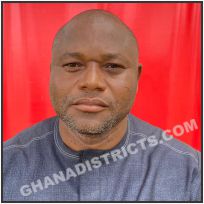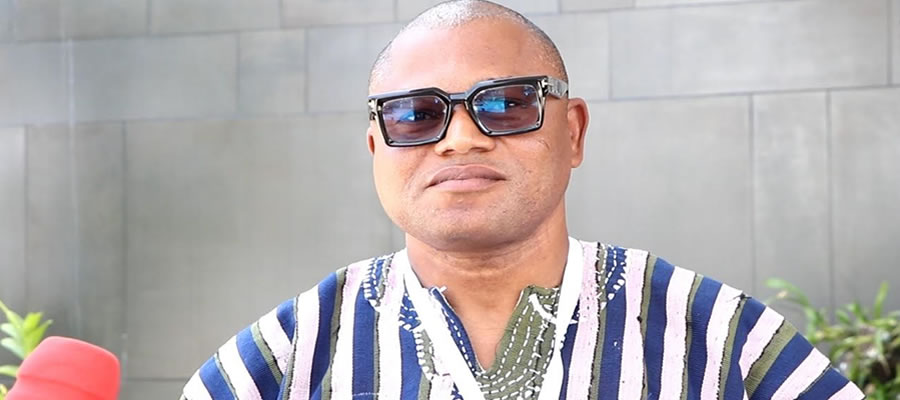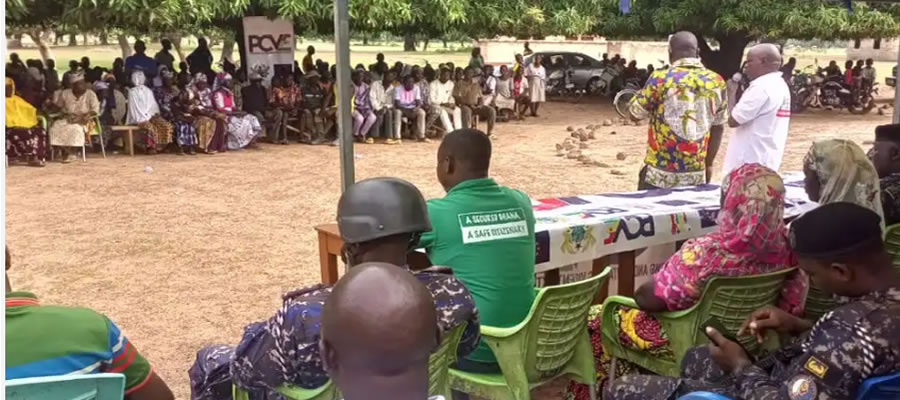

Infrastructure Development
Feeder Roads
The updated total network of both Engineered and Unengineered roads in the District totalled Engineered road network stands at 258.9km and the unengineered roads are 179.9 km.
High Ways
The main high ways roads in the District are Bawku-Garu roads and Garu-Bunkpurugu road, which are not tarred. A lot of effort is therefore needed to bring network to acceptable riding standards to facilitate socio-economic development of the area.
Transport
A number of transport organisations exist in the District providing transport services to the people. They include the GPRTU; Progressive Transport Union etc. the Types of vehicles used are mainly buses both big and small and taxis. Some Cargo trucks also carry food and human beings at the same time while Articulators are used for carrying goods.
Energy:
The District capital and some few communities are connected to the National Electricity Grid. Majority of the people rely-on wood and Kerosene for their domestic energy.
INFORMATION COMMUNICATION TECHNOLOGY
TELEPHONE FACILITIES
The District capital and other communities show the existence of most of some telecommunication companies Mast such as Vodafone, MTN, Tigo and Airtel. Apart from providing telephone (mobile) services their presence also provides employment to a few individuals.
Access to Information and Communication Technology (ICT) is essential in increasing people’s knowledge and awareness of what is taking place around them even at the global level. The world is now linked together with advanced communication technology and access to information is through the computer, mobile phone and internet facilities which are fast becoming essential for living a meaningful life.
Globally, education or various systems of learning is now based on information and technology. Information and Communication Technologies have become important tools in today’s knowledge-based information society and economy. The role of ICT in an emerging economy such as Ghana’s, has been widely recognized at various levels.
The recognition is reflected in actions such as the development and deployment of a national ICT infrastructure, institutional and regulatory framework for managing the sector, promoting the use of ICT in all sectors of the economy, implementing e-governance in all government institutions and the construction of a National Data Centre as well as Regional Innovation Centres.
Data on ownership of mobile phones and usage of internet were collected for persons aged 12 years and older.
OWNERSHIP OF MOBILE PHONES
Cellular phone has formally become the most widely-used telecommunication tool in the District and has been spreading faster than any telecommunication technology. From Table 5.1, there are 80,527 persons aged 12 years and above in the District. Out of that number, 14.7 percent of them have mobile phones. The table further reveals that, 69.8 percent of males 12 years and older owned mobile phones compared to 63.5 percent of females.
USE OF INTERNET
The Internet has become a very useful communication facility for people, businesses and organizations. Some of the common uses of the internet include electronic mailing, accessing information, conducting business transactions, social networking and shopping.
Out of the total population aged 12 years and above, 0.6 percent use internet facility. Table 5.1 shows that 63.5 percent of males 12 years and older have internet access or use the internet compared to 36.5 percent of the female population 12 years and older.
HOUSEHOLD OWNERSHIP OF FIXED TELEPHONE LINES
Despite the widespread of mobile phones and internet services, fixed telephone lines still remain important, particularly in offices and businesses. Table 5.2 shows that of the 17,520 households in the District, 0.5 percent of them have fixed telephone lines. Out of this number, 92.2 percent are male households compared to 7.8 percent female households with fixed telephone lines.
HOUSEHOLD OWNERSHIP OF DESKTOP OR LAPTOP COMPUTERS
Desktop and laptop computers are useful for accessing and processing information, including the use of the internet, electronic mail and other services. For the district as a whole, only 0.9 percent of households own desktop/laptop computers as depicted by Table 5.2. Again, 87.9 percent of male households have desktop/laptop computers compared to 12.1 percent of female household.
Date Created : 11/20/2017 7:07:01 AM











 facebook
facebook
 twitter
twitter
 Youtube
Youtube
 +233 593 831 280
+233 593 831 280 0800 430 430
0800 430 430 GPS: GE-231-4383
GPS: GE-231-4383 info@ghanadistricts.com
info@ghanadistricts.com Box GP1044, Accra, Ghana
Box GP1044, Accra, Ghana